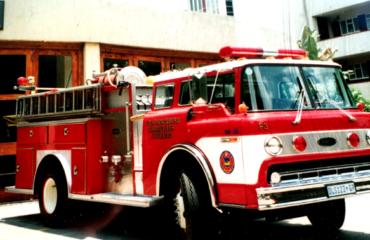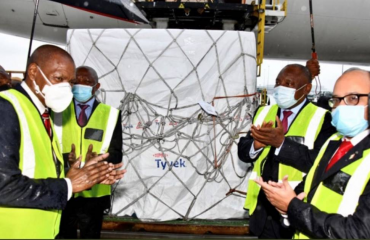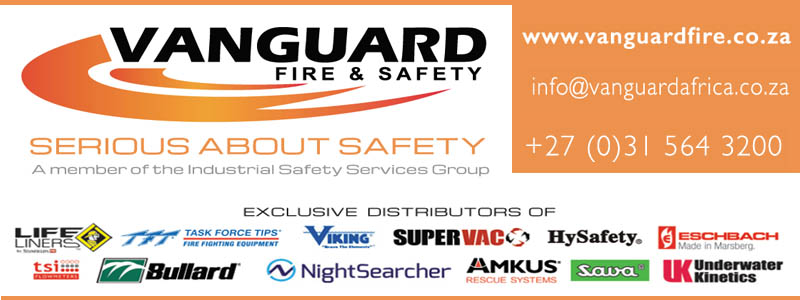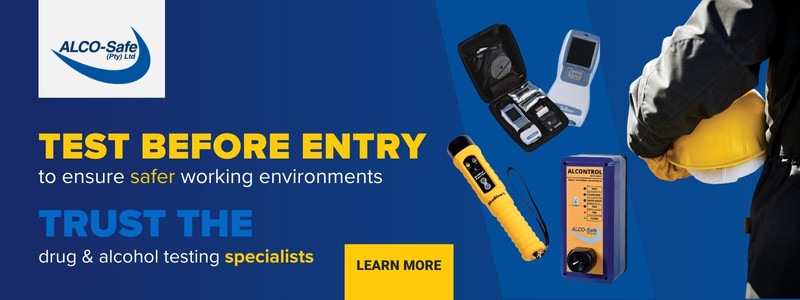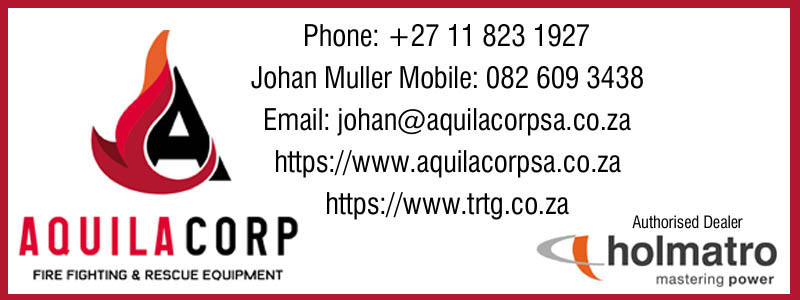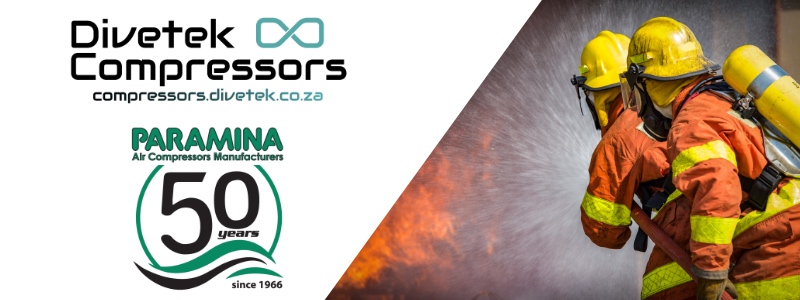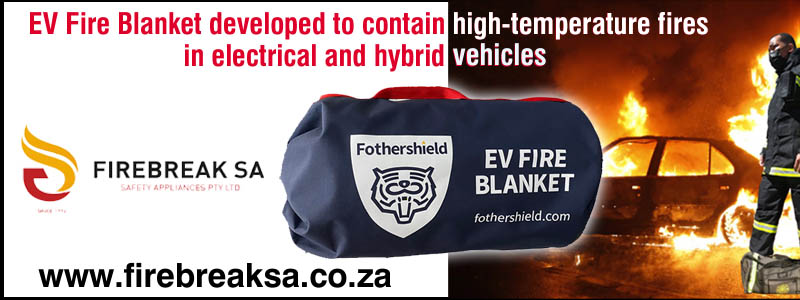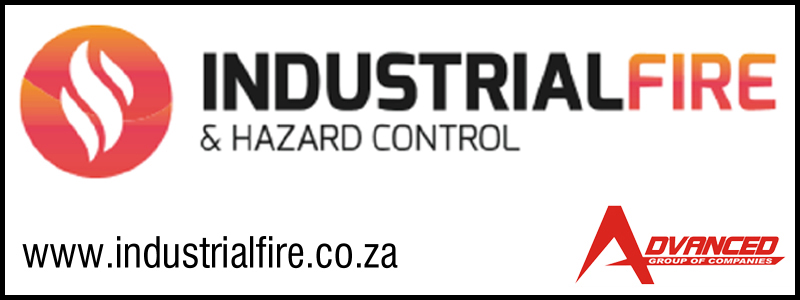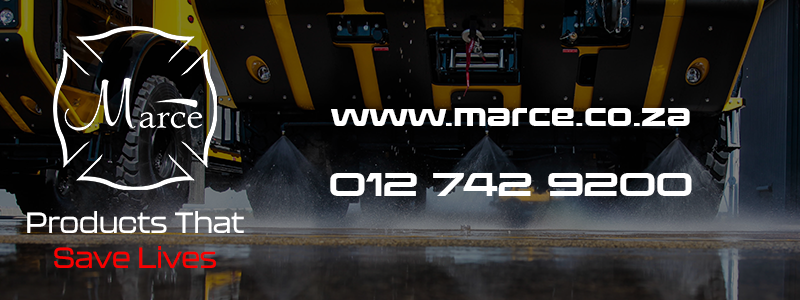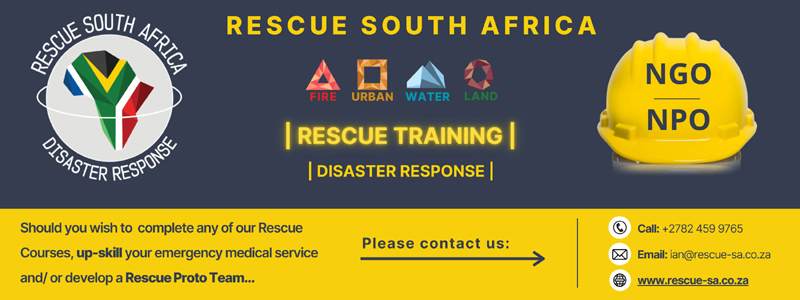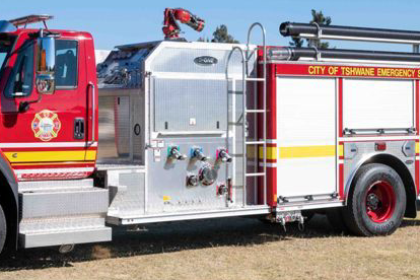
New vehicles were recently delivered to the Emergency Services Department to assist with the urbanization of the city.
All fire engines are built on a specialized chassis for fire engines and certified by NFPA (National Fire Protection Association) codes and standards

The service provider for the delivery of the vehicles is Fleet Africa.
- Industrial Pumper
Industrial Tanker
This major industrial pumper is the monster of all fire engines.
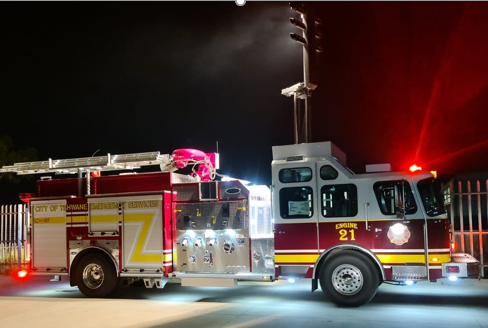
With a water tank of only 1 893 litres, a foam tank of 2000 litres and a dry chemical system of 159kg the fire engine pump can deliver 11 358 lpm, through 6 pump outlets and a 203mm deck monitor that can deliver up to 11 358 lpm over a distance of 60 metres, and a rear monitor that can deliver up to 7 572 lpm of water.
The vehicle is also equipped with the latest fire ground operation that requires a CAFS System (Compressed air foam system) to minimize the amount of water used.
Situation: Station 4 (Silverton) to assist with the refineries and the new vehicle hub of the City of Tshwane.
Foam / Tanker Unit
The foam pumper has a capacity of 2000 litres of water and 2000 litres of foam.
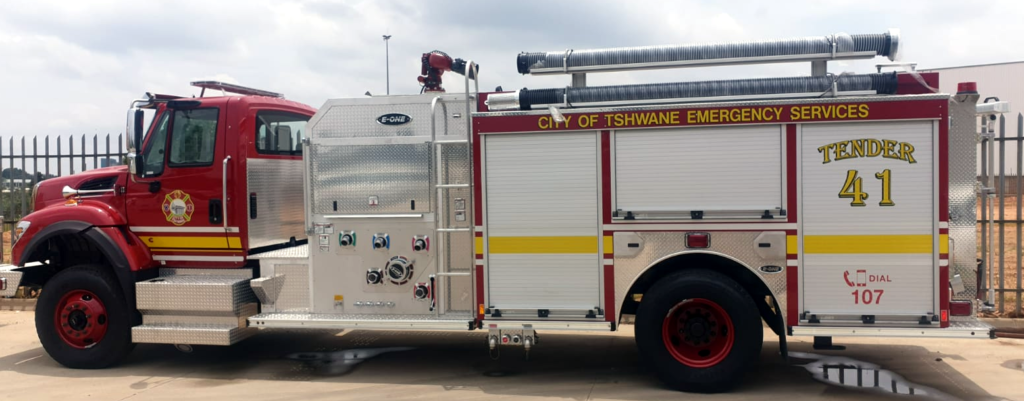
The fire pump can deliver 6000 lpm with a top monitor that can deliver 7 600 lpm
Situation: Station 2 (Rosslyn) to assist with the heavy industrial area.
Water Master Tanker
The water master tanker has a water capacity of 13 000 litres and a vacuum fire pump that can deliver 4 733 lpm and a deck monitor with the same flow rate of 4 733 lpm.
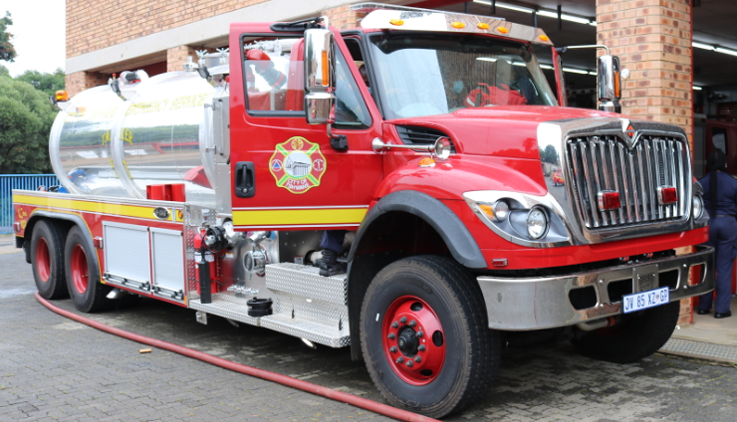
The vehicle has a portable removable dam to the capacity of 11 000 litres
The vacuum pump can fill the tank of 13 000 litres in under 3 minutes and dump the water in under 2 minutes
Situation: Station 2 (Rosslyn) to assist the foam / tanker with water supply in the heavy industrial area
Multi Patient Ambulance Bus
This major incident unit is designed for any mass casualty incident where there are a large number of patients on the scene.
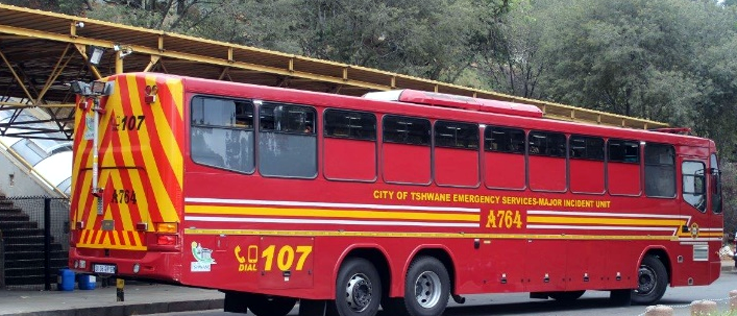
The bus is fully self-sufficient with onboard water, oxygen and a generator.
It has a custom designed lift that enables stretcher and/or wheelchair patients to be transferred from ground level into the vehicle.
The vehicle is designed to transport 12 critical priority 2 patients on stretchers and 6 priority 3 minor patients simultaneously, thereby performing the work of 15 ambulances during a major incident.
Situation: Station 1 (Central) to be deployed at any stage to any area of the city


